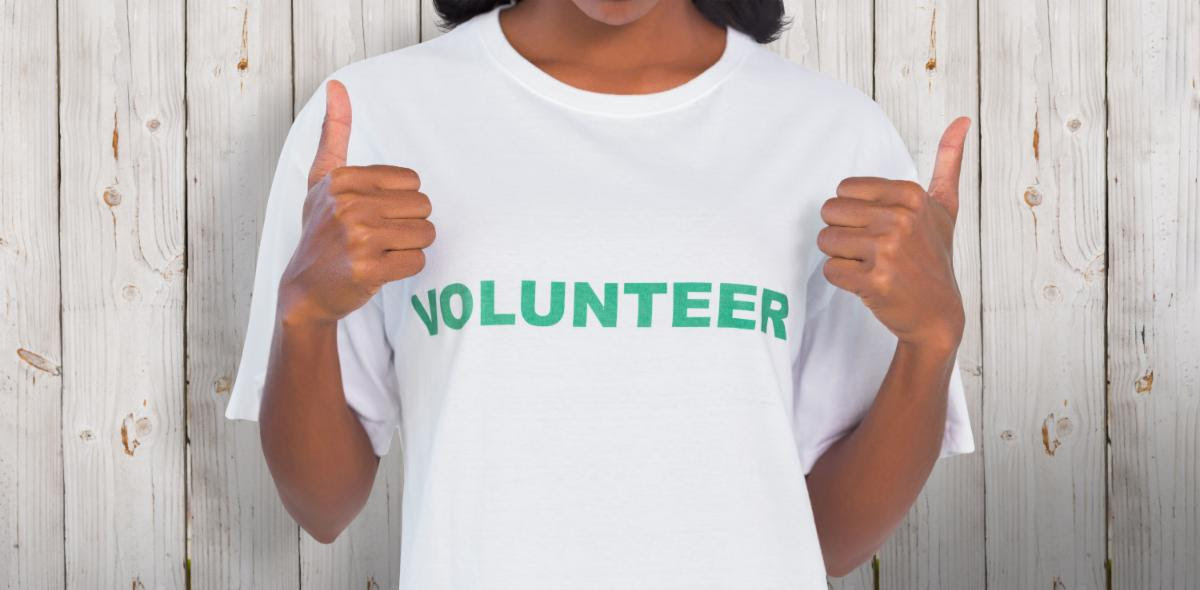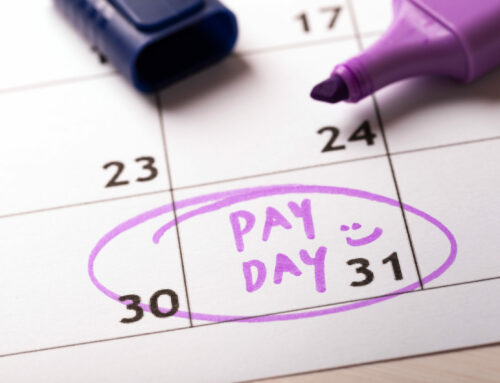The most common complaint I hear from people trying to raise money is that they don’t have enough time.
“There aren’t enough hours in the day”
“I can’t get everything done”
“I’m just one person”
“How do those other nonprofits get it all done?”
Sound familiar?
Here’s some good news: you’ll never get it all done.
That’s right – you’ll never get everything done that’s currently on your list, so let it go, Elsa.
Even when you plug the time leaks, there’s still too much to do.
Instead of trying to get it ALL done, focus on getting the RIGHT things done.

The key is to focus on the things that will move you faster toward your goals.
While you think about that, let me give you some practical advice to recover lost time during the day.
Here are 10 unproductive fundraising activities that are just time wasters, along with some ideas to overcome them.
1. Alerts
How many beeps, bells, and whistles are blaring at you in a typical hour?
(Maybe even as you’re reading this!). You know what those are? They’re a Giant Distraction. So, turn them off. They’re interrupting you, which causes you to need up to 500x the amount of time to get things done.
When you need to get something important done, turn off your phone and shut down your email so you can concentrate for a little bit. If anything major happens in the world, someone will come tell you. You’ll be way more productive when your focus isn’t interrupted by all the bings and buzzes.
I find that not only do the alerts break my focus, but I get really irritable. So, if you’re the person I talk to at 3 o’clock after I’ve been trying all day to get something done, and I don’t exactly sound happy, that’s probably what’s going on for me. I bet I’m not alone – I bet this happens to you, too.
Stop the interruptions, turn off the alerts, and reclaim your focus.
2. Social Media Black Hole
Is this you? You log on to Facebook just to “check in” and 2 hours later you’re watching a video of a cat in a shark costume riding a vacuum cleaner.
Social media is a great tool for connecting and communicating, but it can also suck a lot of your time and attention.
You don’t need to constantly update your status or lurk around to see what other people are up to. Honestly, I find that the more time I spend on social media, the worse I feel. Between the negative political rants, people posting their amazing vacation pictures (which leave me with trip envy), and all the other craziness, it all starts to drag me down.
Here’s what you can do to not get lost in the social media black hole: have a plan.
Know which social media platforms you want to use, what days/times you’ll post, and what content you’ll post. Then when you log on, you should be able to post, comment on a few things and respond to messages in just a few minutes. If you stay online any longer than that, you’re playing. Nothing wrong with playing, just don’t do it on work time when you need to be getting other things done.
If you’re not sure you can trust yourself, set a timer for 5 minutes. When the timer goes off, you’re done. Easy, peasy.
3. Unprepared Volunteers

So, get organized. Have a job description before you recruit a volunteer. Find the right volunteer for the job, whose interests and skills match the job you need done. Orient them. Train them. Support them. Celebrate their wins and eat chocolate together.
You’ll both be happier and more productive.
4. Grant Blasts
It’s so tempting.
You get one good grant written, and you think that if you just send it out to as many foundations as possible, you’ll increase your chances of actually getting one.
But, it doesn’t work that way.
Getting grants is all about matching up your organization’s needs with the foundation’s interests. No match = no grant.
Blasting out a proposal to 10 or 20 foundations without customizing it is a waste of time. So is assuming that every foundation will want to fund your programs.
Take the time to do the research. Make the initial phone calls. Customize the proposal to show how your program fits the foundation’s interests.
You’ll increase your odds of getting money. And may the odds be ever in your favor.
5. Board mass request
I bet you’ve done this:
You email your entire Board to ask them to help you with something. Maybe you’re asking each one of them to give you 5 names to send an appeal to. Or you’re asking each one of them to come up with a sponsor for an event.
You hit “Send” and wait.
And then…
Crickets.
They don’t respond.
It’s a waste of time to treat your Board as a group. Focus on engaging Board members personally, treating them as individuals, and watch what happens. You’ll get more response.
There’s a weird group dynamic that happens when you ask them all for something either in a meeting or in an email. Some people think someone else will respond. Or they think since there are so many Board members, you won’t notice if they don’t respond. Or they think you don’t mean them. Or they have some other reason. The bottom line is that they feel no sense of urgency to respond.
Email them one at a time and ask for their help. Better yet, pick up the phone and call. It’ll take a little time, but you’ll get the result you’re looking for from your Board.
6. Cold calling the Chamber list

You’ll never mail (or email) the entire list from the local Chamber of Commerce and get sponsors.
It’s a cold call. When’s the last time you responded to a cold call?
Just don’t.
You’ve got better opportunities and lower-hanging fruit.
7. Wordsmithing an appeal
This one’s my favorite (insert eye roll here).
You can spend a LOT of time trying to get the words in an appeal just right. And most of that time will be wasted.
Why?
Most people don’t read fundraising letters. They skim.
They’ll read the salutation, skim headlines, quotes, photo captions, then read the ps.
Finally, they’ll look at the reply card, and if anything has grabbed their attention, they’ll think about giving.
Trust me, they’re not reading the whole letter (mostly because they’ve been trained through experience that fundraising letters are boring).
So, spend more time making the letter inspirational and donor-focused, and less time changing the word “that” to the word “which.” Make the skimmable pieces matter. Use good graphics. And ask for something meaningful.
Oh, and never create a letter by committee. It’s wordsmithing hell.
8. Long meetings

Thanks, Tim.
He’s right. His point is that long meetings that meander and are unfocused are crazy unproductive.
Be clear about the outcome you’re looking for from the meeting. Have the right people there. Stay on task. Get finished. Then chit-chat later.
9. Binder activities
Another favorite of mine (insert even bigger eye roll than before).
A binder activity requires you to do a lot of work to create a plan of some sort that goes into a notebook and sits on a shelf to gather dust. Once it lands on the shelf, you never look at it again.
Talk about a waste of time!
Plans are not made to be filed away. They’re meant to be used.
In order for a roadmap to be useful, you have to look at it regularly to make sure you stay on course.
Same thing with your plan.
Commit to using it or don’t bother with the process of creating it. An unused plan means that the time you spent to create it was wasted.
10. Nickel-and-dime fundraising
You can work really, really hard on fundraising and only bring in a tiny bit of money.
For example, lots of restaurants like Buffalo Wild Wings have charity nights.
You know how it works – You ask people to eat at BWW on a specific night and tell their server they’re supporting your nonprofit. Then the restaurant gives a portion of the proceeds to you.
Seems like a good thing, but it’s not.
You can spend a TON of time promoting it and spreading the word, and barely make a couple of hundred dollars.
You’ll never fully fund your nonprofit with fundraising like this. It’s not sustainable. You’re working too hard. The ROI is too low.
Stop doing anything (especially events) that don’t bring in enough to be worth the squeeze. You need more than nickels and dimes to fund your programs.
Think bigger. Pick one event and pour all your energy into it. You’ll raise more money.
My challenge to you:

Cue the Mission Impossible music
- Look through this list of unproductive fundraising activities.
- Think about where you might be losing valuable time in your day to things that just aren’t worth it.
- Pick 1 and stop doing it.
- Feel panicky that you’ve let something go. Sing a chorus of ‘Let It Go’ (or not).
- Feel better when you realize you can now do something more substantial to raise money.
- Drop me a note and let me know how it’s going.






Leave A Comment